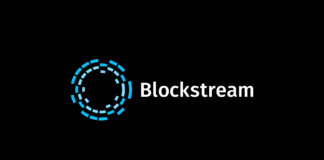The Sui blockchain has emerged as a significant player in the Layer-1 blockchain landscape, offering innovative solutions to address scalability and performance challenges. Developed by Mysten Labs, the sui protocol aims to revolutionize the Web3 ecosystem by providing high throughput and enhanced efficiency for decentralized applications. This novel approach to blockchain architecture has garnered attention from developers, sui investors, and crypto enthusiasts alike, positioning Sui as a potential game-changer in the world of distributed ledger technology.
This comprehensive guide delves into the intricacies of the sui system, exploring its unique features, consensus mechanism, and the SUI token that powers its ecosystem. We’ll examine the technology behind Sui, its wallet integration, and the various use cases and applications it supports. Additionally, we’ll look at the Sui Foundation’s role in ecosystem development, the project’s roadmap, and its potential impact on real-world asset tokenization. By the end of this article, readers will have a thorough understanding of what SUI Blockchain is and how it stands out in the competitive blockchain space.
Related Read: Can Supra Oracle Achieve 500K TPS? Examining the Technical Specs
Table of Contents
Sui Blockchain Architecture
The Sui blockchain architecture introduces innovative features that set it apart from traditional blockchain systems. At its core, Sui employs an object-centric model, which forms the foundation of its unique approach to data storage and transaction processing.
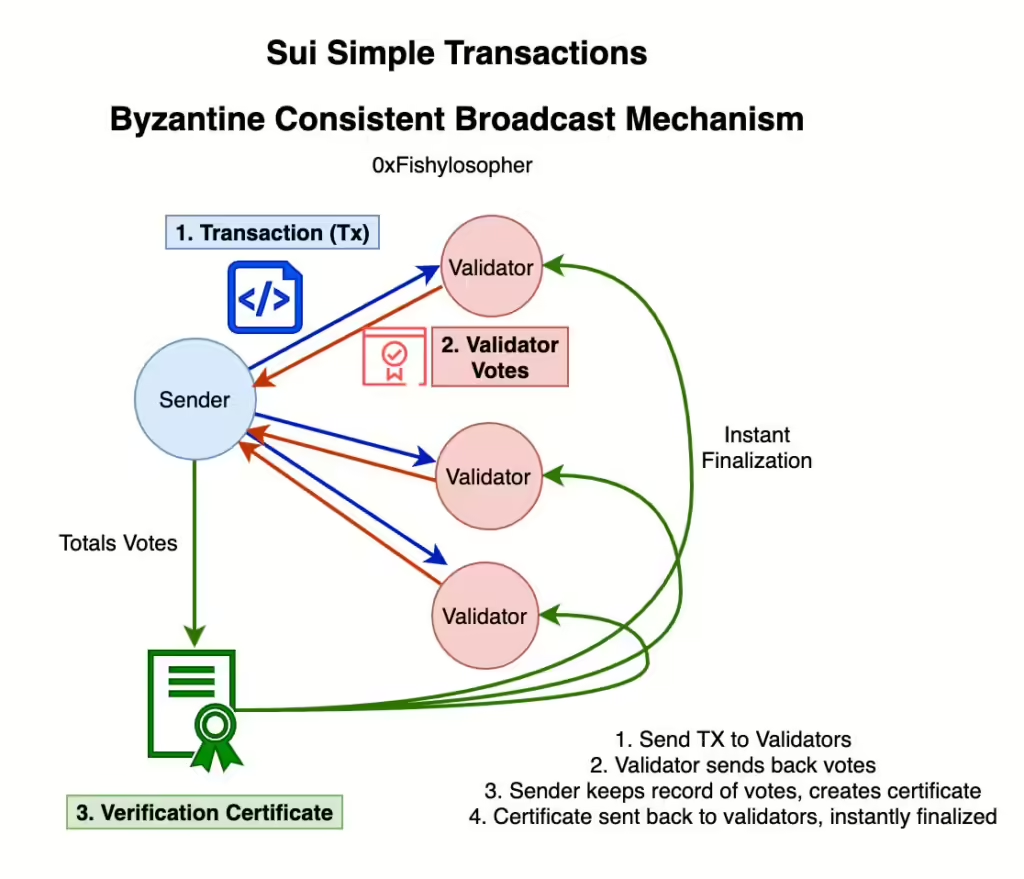
Object-Centric Model
Unlike conventional blockchains that use account-based storage with key-value pairs, Sui’s storage revolves around dynamic objects. These objects are the fundamental units of storage, each possessing a unique 32-byte ID and metadata that defines ownership and accessibility. This model allows for more intuitive representation of assets and smart contracts, simplifying the development of decentralized applications.
Move Programming Language
Sui utilizes the SUI Move Language, originally developed for the Diem blockchain. Move on Sui has evolved to complement the object-centric model, offering enhanced security and productivity. It provides first-class abstractions for assets, transfers, and access control, making smart contract programming more secure and efficient.
Parallel Transaction Processing
One of Sui’s most significant innovations is its ability to process transactions in parallel. This approach enables the network to handle multiple transactions simultaneously, drastically improving throughput and reducing latency. Transactions involving independent objects can be executed concurrently, bypassing the need for consensus in certain cases. This parallel execution capability allows Sui to achieve high transaction processing speeds, potentially reaching up to 120,000 transactions per second.
zkLogin
Sui introduces zkLogin, a feature that simplifies user interaction with decentralized applications by allowing sign-in with standard web credentials. This innovative approach generates user accounts through OAuth credentials, creating a JSON web token combined with a salt to produce a zero-knowledge proof. This proof confirms the user’s identity without revealing their credentials on the blockchain, enabling secure transactions via OAuth credentials. zkLogin supports various OpenID OAuth providers, enhancing accessibility and user experience in the Sui ecosystem.
Consensus Mechanism
The Sui blockchain employs a Delegated Proof-of-Stake (DPoS) system to process transactions efficiently and cost-effectively. This mechanism involves a fixed set of validator nodes selected based on their share of the total stake, determined by the amount of Sui tokens staked to them by token holders.
Proof-of-Stake
In Sui’s DPoS system, validators process transactions within each epoch, earning rewards based on their performance and accumulated stake. At the end of each epoch, stake rewards are distributed to participants, with validators earning more rewards for operating efficiently and at fair prices. This incentivizes validators to provide a reliable platform while ensuring fair compensation for their efforts.
Narwhal and Bullshark Components
Sui’s consensus architecture comprises two major external components: Narwhal and Bullshark. Narwal functions as a fast-processing memory pool, accelerating transaction processing and improving network efficiency. Its primary role is to ensure the cryptographic availability of data to be submitted to Bullshark, the consensus engine.
Bullshark, on the other hand, orders the data supplied by Narwhal. It uses a BFT consensus mechanism to verify transaction validity and distribute them across the network, maintaining consensus and ensuring the Sui blockchain’s security and reliability.
SUI Token and Tokenomics
The SUI token serves as the native asset of the Sui blockchain, playing a crucial role in the network’s ecosystem. With a maximum supply of 10 billion tokens, SUI functions as a versatile and liquid asset within the Sui economy. The sui tokenomics are designed to support the network’s growth and stability.
Token Utility
SUI tokens have four primary uses within the Sui network. First, they can be staked to participate in the proof-of-stake mechanism, contributing to network security. Second, SUI is used to pay gas fees for transactions and other operations on the platform. Third, it serves as a medium of exchange and store of value within the Sui ecosystem. Lastly, SUI token holders have the right to participate in governance decisions, influencing the future direction of the network.
Distribution
The distribution of SUI tokens is designed to support the network’s growth and stability. At the time of the sui token launch, approximately 5% of the total supply was in circulation, with the remainder scheduled for gradual release over time according to the sui token release schedule. The token allocation includes 20% for early contributors, 14% for investors, 10% for Mysten Labs, 6% for the Community Access Program, and 50% for the Community Reserve.
Storage Fund
Sui’s economic model addresses the challenge of long-term data storage through a unique storage fund mechanism. When users transact on Sui, they pay upfront fees for both computation and storage. The storage fees are deposited into a storage fund, which is used to compensate future validators for ongoing data storage costs. This innovative approach ensures the sustainability of the network’s storage infrastructure and creates a balanced ecosystem for long-term growth.
Staking Mechanism
Sui employs a Delegated Proof-of-Stake (DPoS) system for network security. SUI token holders can delegate their tokens to validators, contributing to network stability. The amount of stake delegated to a validator directly correlates with their voting power. Staking rewards, derived from transaction fees and subsidies, are distributed at the end of each epoch. This mechanism incentivizes efficient network operation and aligns the interests of token holders and validators.
Governance Role
SUI token holders have the right to participate in future governance decisions, allowing them to shape the network’s direction. While Sui currently lacks an on-chain community governance structure, proposals have been made to implement a system where leaders are randomly selected from DAO participants. This approach aims to increase organic demand for SUI while incentivizing community participation and expanding the Sui ecosystem.
Sui Foundation and Roadmap
Team Background

The Sui blockchain is developed by Mysten Labs, a company established in September 2021 in Silicon Valley. The founding team brings extensive experience from leading tech companies and blockchain projects. Evan Cheng, the CEO, previously served as the Head of Research and Development at Novi and Technical Director at Meta. Sam Blackshear, the CTO, specializes in the Move programming language, while Adeniyi Abiodun, the CPO, has a background in product development at Novi and other tech giants.

Funding Rounds
Sui has secured significant funding to support its development. In December 2021, the project raised $36 million in a Series A round led by Andreessen Horowitz (a16z). This was followed by a substantial Series B round in September 2022, where Sui raised $300 million, with FTX Ventures leading the investment. These funding rounds have attracted notable sui investors, including Coinbase Ventures, Binance Labs, and Electric Capital, demonstrating strong confidence in the Sui network’s potential.
Future Development Plans
Sui’s roadmap for 2024 includes several key initiatives to enhance the blockchain’s capabilities. The team plans to implement Move 2024, a set of language improvements to modernize the Move programming language. Other notable developments include the introduction of RPC 2.0, a gas profiler to help developers optimize their applications, and the implementation of Verifiable Delay Functions for on-chain randomness. These advancements aim to further solidify Sui’s position as a leading sui layer 1 blockchain platform.
Ecosystem Development
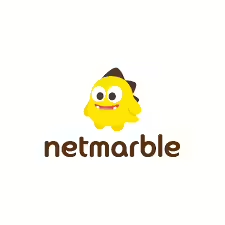
The Sui ecosystem has experienced rapid growth, attracting numerous projects across various sectors. Major partners like ONE Championship have integrated Sui into their products, including the Web3-enabled mobile game ONE Fight Arena. The network’s ability to process up to 100,000 transactions per second has drawn interest from over 30 game companies, including industry giant Netmarble.
Major Partners
Sui has forged partnerships with leading organizations to expand its reach. The collaboration with ONE Championship, announced during Token2049, will integrate Sui into various ONE products, including a comic series accessible through zkLogin. This partnership is expected to provide significant visibility for Sui, with events broadcasted to millions globally.
DEXes on Sui
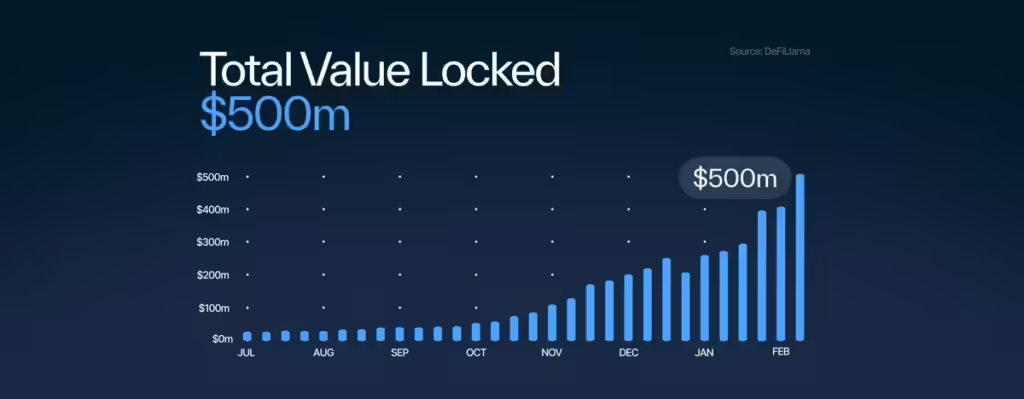
Decentralized exchanges (DEXs) have flourished on the Sui blockchain. Notable platforms include SuiSwap, MovEX, Cetus Protocol, OwlSwap, and Turbos. These DEXs offer various features such as liquidity pools, token swaps, and perpetual contracts trading. Cetus Protocol, for instance, utilizes a concentrated liquidity algorithm to enhance capital efficiency for both traders and liquidity providers. Cetus, in particular, has achieved substantial traction, amassing a Total Value Locked (TVL) of $31 million in SUI tokens. Ballast, another DeFi platform on Sui, allows users to create liquidity pools by pairing any SUI token directly with another. Total Value locked across the blockchain exceed $500 million making it in top 10 blockchains in TVL metric
Developer Tools
Sentio has introduced crucial analytic and developer tools for the Sui ecosystem. Their products, Dash and Debugger, aim to enhance the developer and user experience. Sentio Debugger, in particular, stands out as an advanced tool within the Move ecosystem, allowing developers to inspect and iterate smart contracts with unprecedented clarity and efficiency.
Gaming Projects
Sui’s blockchain architecture makes it particularly well-suited for gaming applications. The network’s ability to process transactions quickly and handle high throughput enables real-time changes to asset ownership and status during gameplay. This feature eliminates the need for workarounds like NFT burning, creating new possibilities for game design and development. Several exciting gaming projects are already leveraging Sui’s capabilities, including Cosmocadia, a community-based farming game, and Space Mavericks, which offers a real-time multiplayer experience reminiscent of classic artillery games.
NFT Platforms
The Sui ecosystem has fostered the growth of several NFT marketplaces and platforms. BlueMove stands out as the largest Sui NFT marketplace, offering both a trading platform and a launchpad for upcoming NFT collections. Other notable platforms include Clutchy, which focuses on NFTs and gaming, and Hyperspace, a multi-chain NFT marketplace that has expanded to support Sui. These platforms leverage Sui’s unique features to offer enhanced functionality and user experiences in the NFT space.
Social Networking dApps
Sui Network has unveiled a revolutionary zkLogin feature, enabling users to access decentralized applications (dApps) using existing Google, Facebook, or Twitch accounts. This innovation simplifies the dApp onboarding process, removing the need for a separate crypto wallet or seed phrase. By utilizing zero-knowledge proof technology, zkLogin maintains user privacy while verifying specific assertions without divulging additional data. This advancement paves the way for more user-friendly social networking dApps built on the Sui blockchain, potentially driving wider adoption of blockchain technology in social media platforms.
Sui Wallet and Trust Wallet Integration
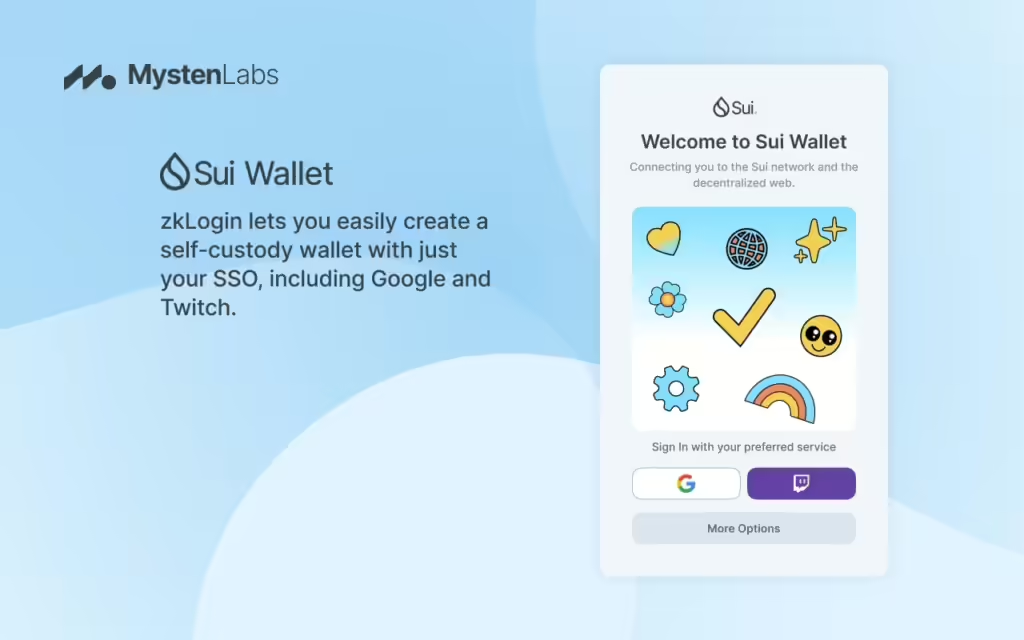
Setting Up Sui Wallet
Setting up a Sui wallet is a straightforward process. Users can download the Sui Wallet extension from the Chrome Web Store, which boasts a 4.9-star rating and over 900,000 users. After installation, users can create a new account or import an existing one. When creating a new wallet, it’s crucial to securely store the recovery phrase offline, as it’s the only way to regain access if the wallet is lost.
Sending and Receiving SUI
To receive SUI tokens, users simply need to share their wallet address with the sender. For sending tokens, the process involves clicking the “Send” button, entering the recipient’s address, and specifying the amount. Trust Wallet, a popular multi-chain wallet, also supports SUI tokens. Users can easily add SUI to their Trust Wallet by searching for it in the “Add Tokens” section.
Trust Wallet Compatibility
Trust Wallet offers comprehensive support for the Sui blockchain, allowing users to manage, send, and receive SUI tokens. It provides access to Sui-based dApps, DeFi applications, and NFT marketplaces. With its user-friendly interface and wide range of features, Trust Wallet has become a preferred choice for many Sui network users, offering a seamless experience across multiple devices and platforms.
Conclusion
The Sui blockchain has emerged as a promising player in the Layer-1 landscape, bringing innovative solutions to address scalability and performance challenges. Its object-centric model, Move programming language, and parallel transaction processing capabilities set it apart from traditional blockchain systems. The network’s Delegated Proof-of-Stake consensus mechanism, powered by the Narwhal and Bullshark components, ensures efficient and secure transaction processing while maintaining decentralization.
The SUI token plays a crucial role in the ecosystem, serving as a medium of exchange, governance tool, and staking asset. With its unique storage fund mechanism and thoughtful token distribution, Sui aims to create a sustainable and balanced ecosystem for long-term growth. As the project continues to develop and attract ecosystem partners, it has the potential to make a significant impact on the blockchain industry, particularly in areas such as decentralized finance and real-world asset tokenization.
FAQs on Sui Blockchain
What is Time to Finality of SUi Blockchain transactions
he time to finality (TTF) for transactions on the Sui blockchain is around 400 milliseconds. This is the time it takes for a transaction to be irreversible and recorded on the chain. However, TTF doesn’t guarantee that a transaction will be executed successfully
What is Mysticeti Concensus protocal?
Mysticeti is a Byzantine Fault Tolerant (BFT) consensus protocol that’s designed to reduce transaction latency and lower CPU requirements for validators. It’s based on a direct acyclic graph (DAG) and built on the Narwhal-Tusk consensus algorithm. Mysticeti has several key features, including:
Low latency
Mysticeti was the first BFT protocol to achieve a WAN latency of 0.5 seconds for consensus commit.
High throughput
Mysticeti can achieve a throughput of over 100,000 transactions per second (TPS) without a significant increase in latency.
Early transaction commitment
Mysticeti’s commit rule appoints multiple leaders every round, allowing more transactions to be committed earlier.
Resource efficiency
Mysticeti reduces the number of signatures and messages by weaving fast path transactions into the DAG.
Byzantine fault tolerance
Mysticeti is designed to be Byzantine Fault Tolerant.
Mysticeti is designed specifically for the Sui blockchain, which combines the Narwhal-Bullshark consensus algorithm with a fast path.
What is the operational mechanism of the Sui blockchain?
Sui operates as a Layer-1 network with its own distinct blockchain, setting it apart from many altcoins that are built on existing blockchains like Ethereum. The Sui network utilizes SUI tokens to cover transaction fees and enhance network security through a staking process. This staking process involves locking up SUI tokens to maintain the network’s security and integrity.
What is the core principle guiding the Sui blockchain?
Sui blockchain is designed around a unique transaction processing framework that allows for parallel processing and horizontal scaling. This innovative approach significantly increases transaction throughput and reduces latency, providing a smoother and more efficient user experience.
How quickly does the Sui blockchain process transactions?
The Sui blockchain is renowned for its rapid transaction processing capabilities, which are a result of its design that focuses on high throughput and low latency. The block finality time is about 3 seconds, but new Mysticeti Concensus protocal have brought it to 390 milli second now. Making it one of the fastest blockchain around may be second to Supra as supra is claiming 500,000 Transaction per second and sub secong block finality.
Who developed the Sui blockchain?
The Sui blockchain was developed by Mysten Labs, an organization focused on the research and development of essential infrastructure for Web3 technologies. The founding team includes Evan Cheng and former Facebook employees like Sam Blackshear, Adeniyi Abiodun, and George Danezis.












